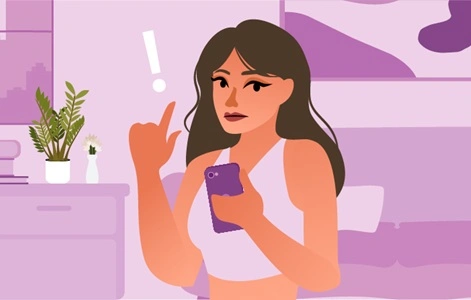No, Hentai is not illegal in the United States. At least that is the case for now! Why? Well, the same reasoning goes behind Hentai, which people use for the legality of actual porn. Pornographic content is also legal in the United States, but only if there are no minors are shown in a sexually explicit way. The same goes for Hentai as well. But still, let’s say you’re a bit confused about it all and don’t know the legality part of Hentai in the United States, we’ll just advise you to keep on reading. Here we go.

What’s Hentai All About?
Alright, so first of all, the term “adult anime” (or “hentai” as it is commonly referred to in Japan) means any kind of animated or illustrated content that is only suitable for mature audiences. You can imagine it as a sexually explicit anime or manga, only that it is made for grown-ups.
While certain versions are limited to mature themes only, there are some others that might include characters with a younger appearance, and this is the area where things can become legally complex.
Basically, the answer is no, not all anime for grown-ups are illegal; however, some kinds may cross the line under the law of the United States. It would be good to explain its functioning.
What Does the Law Say? Let’s Keep It Simple
According to American regulations, any photographic or illustrative material of minors in sexual contexts, whether it is real or fictional, may be considered child sexual abuse material (CSAM). The most important legislations in this case are 18 U.S.C. §2252A and 18 U.S.C. §1466A, which address the illegal acts of holding, sharing, and making sexually explicit or exploitative content with minors.
The only problem is that the rule gets complicated here. How exactly, though? Well, the Supreme Court, in the Ashcroft v. Free Speech Coalition case, decided in 2002 that, in theory, images that are absolutely made up and do not use the image of a real child might be protected by the right to free speech, provided they are not of an obscene nature.
What Exactly Counts as “Obscene”?
In order to determine the legal definition of “obscene,” the judiciary employs a standard known as the Miller Test, which originates from a Supreme Court decision in 1973. The test involves three interrogations:
- Is the main intent of the material to arouse extreme sexual interest?
- Would an average person consider the material offensive if judged by community standards?
- Is there any artistic, scientific, or political value in it?
In case the answers to all three questions are affirmative, aka yes, the content in question is categorised as obscene and is, thus, unlawful according to federal law.
Hence, it is possible that even an animation or a drawing might be regarded as illegal if it satisfies those conditions.
When Does It Become a Crime?
See, adult anime is considered a legal issue if the characters are depicted as children and if the content is extremely explicit to the point of being considered obscene. That’s the only time it becomes illegal, and everyone agrees that it should be that way. In case of the artwork being purely fictional, having or sharing such material may implicate one in a criminal offense.
There are a few real-world examples where people were accused of possession or distribution of such material, in which the characters were animated and met the definitions. So the answer is yes, a bit of serious legal drama can follow you if you have any kind of digital or illustrated content.


